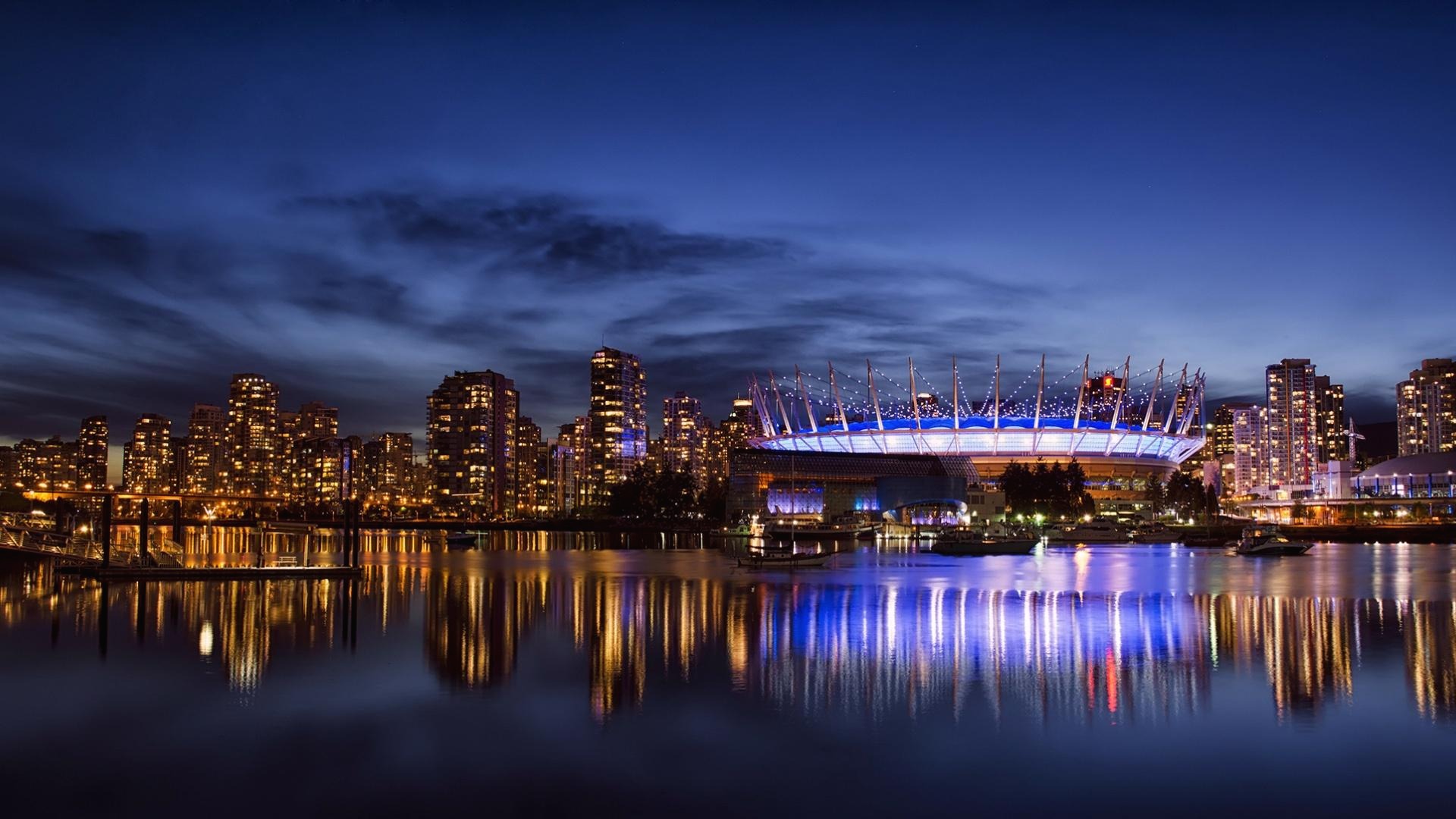クルマの次世代燃料は水素か合成燃料かバイオ燃料か。トヨタなど4社が共同で検討開始
2024年5月27日、出光興産、ENEOS、トヨタ自動車、三菱重工業の4社は共同で、自動車向けのカーボンニュートラルな次世代燃料をどのように市場へ普及させていくか、制度整備の面も含めた検討を開始すると発表した。水素だけでなく合成燃料やバイオ燃料などさまざまな可能性を議論し、2050年のカーボンニュートラル実現の目標に近づけていくという。

【写真】合成燃料とその派生図&CN燃料で走るクルマなどを見る
CO2排出量を実質ゼロにするカーボンニュートラル燃料(CN燃料)の開発は2050年の目標に向けて自動車、バイク、航空機、船舶、あらゆる運輸産業で進められ、バイオ燃料(HVO)、合成燃料、アンモニア、メタノールなどさまざまな燃料が候補として挙げられている。 近年自動車向けのエネルギーとして、燃料電池車(FCEV)に用いられる液体水素が再び注目を浴びているが、こちらは液化に大きなコストがかかり、専用の輸送・貯蔵施設、そして水素スタンドを必要とするなど費用面での課題が多いのも事実。日本政府は2030年までに水素の価格を3分の1程度に低減させることを目標としているが、直近の2024年に販売価格が30%以上も上昇するなど先行きが明るいわけではない。 そうした中、出光興産とENEOS、トヨタ、三菱重工の4社は共同で、自動車向けカーボンニュートラル燃料の導入と普及に向けた検討を開始した。日本の自動車市場におけるCN燃料の導入シナリオやロードマップ、制度の整備などについて議論・検討するとともに、製造の実現可能性を調査するとしている。 今回公開された情報は少なく、特定の燃料を挙げているわけではないが、ガソリン代替の合成燃料(e-fuel)や軽油代替のHVOといった液体CN燃料は貯蔵や輸送をしやすく、自動車向けに普及していく可能性が高いことを予感させられる。 CN社会の実現に向けたCN燃料の普及には産業を超えた連携・仲間づくりが不可欠とした上で、その第一歩として4社が連携して導入・普及に向けた検討を進めていくという。今回の発表にあたって、各社がコメントを発表している。 【出光興産】 2050年ビジョン「変革をカタチに」のもと、中期経営計画で表明した3つの事業領域の1つとして、多様で地球環境に優しい「一歩先のエネルギー」の社会実装に取り組んでいます。その一環として、国内外の様々な企業と連携しながら、合成燃料やバイオ燃料といったCN燃料の早期導入・普及を目指しています。 【ENEOS】 グループの長期ビジョンにおいて「エネルギー・素材の安定供給」と「CN社会の実現」との両立への挑戦を掲げ、水素や再生可能エネルギーの活用を推進し、合成燃料などのCN燃料の事業開発を進めるなど、温室効果ガス排出量を削減するためのさまざまな取り組みを行っています。 【トヨタ】 CNに向けて、マルチパスウェイを軸に、電動車の普及だけではなく、エンジン搭載車両におけるCO2排出量削減にも取り組んでいます。2007年には、ブラジルでフレックス燃料車(バイオ燃料とガソリンの混合燃料で走る自動車)を導入。今後も、保有車を含むエンジン搭載車両のCO2削減に取り組むとともに、CN燃料の普及に貢献するエンジンの開発も検討してまいります。 【三菱重工グループ】 2040年までにCNを達成する「MISSION NET ZERO」を宣言し、CO2エコシステム、水素エコシステムの構築などに取り組んでいます。CO2削減に貢献できる三菱重工グループの製品・技術・サービス、世界中のパートナーとの新しいソリューション・イノベーションによりCN社会の実現に貢献していきます。
クルマの次世代燃料は水素か合成燃料かバイオ燃料か。トヨタなど4社が共同で検討開始(スマートモビリティJP) - Yahoo!ニュース
クルマの次世代燃料は水素か合成燃料かバイオ燃料か。トヨタなど4社が共同で検討開始(スマ
2024年5月27日、出光興産、ENEOS、トヨタ自動車、三菱重工業の4社は共同で、自動車向けのカーボンニュートラルな次世代燃料をどのように市場へ普及させていくか、制度整備の面も含めた検討
news.yahoo.co.jp
'New Energy' 카테고리의 다른 글
| 원자력 수소 생산 기술 및 국내외 정책 동향 (1) | 2024.05.30 |
|---|---|
| 고기능성 촉매 부착 탄소섬유 수전해 전극 개발 (0) | 2024.05.30 |
| South Korea launches world’s first auction for clean-hydrogen power generation (0) | 2024.05.28 |
| US and Europe will lead global clean hydrogen production in 2030, with little supply from exporting nations: BNEF (0) | 2024.05.28 |
| Johnson Matthey reduces hydrogen investments (0) | 2024.05.24 |


